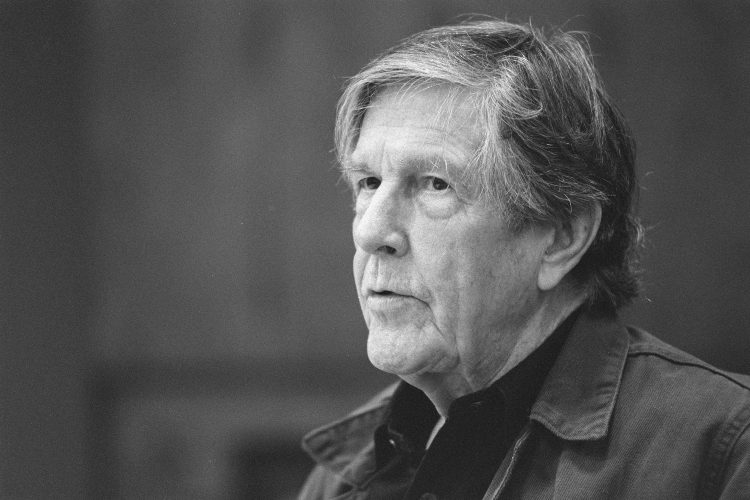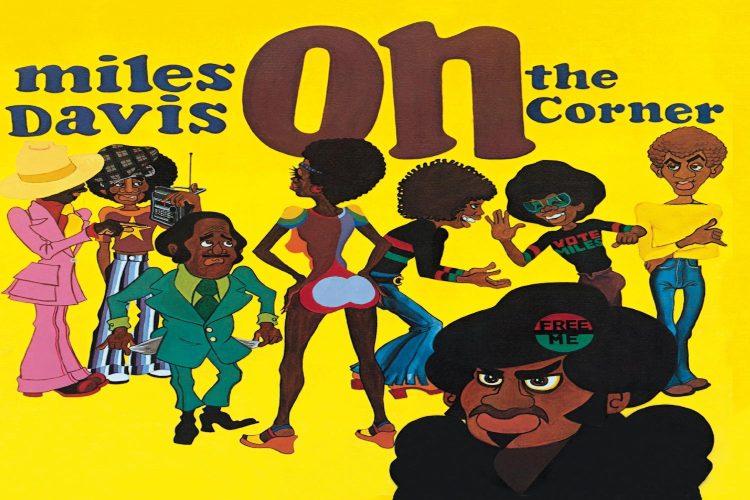2021 PostGenre Hall of Fame Inductee: John Cage’s “4’33″”
|
Getting your Trinity Audio player ready...
|
What is silence? A basic dictionary definition describes it as “the absence of sound.” But is it truly possible to escape sound entirely when we live on a planet of different frequencies, both within and outside of human grasp? From the slight hum of the nearby lightbulb to the wind blowing by, we live in a world of sound. And yet, lovers of music – both its creators and its listeners – often seem glued to the idea that silence exists. This stark contrast between reality and intention is at the heart of one of the most provocative compositions of the 20th Century, composer John Cage’s ‘4’33.”’
The piece’s history is fascinating. Its first direct inspiration comes from Cage’s encountering the “white paintings” by Robert Rauschenberg. These large canvasses of indistinguishable white surfaces were intended to inspire viewers to consider how much of what they see is influenced by light conditions and dust particles. The experience gave Cage a better understanding of how environment shapes our perceptions of art.
Cage had also visited Harvard University’s anechoic chamber, a space used for acoustic testing and designed to maintain silence. While in the chamber, Cage heard two sounds. One, a high pitch, was the sound of his own nervous system. The other, a low pitch, was the sound of his blood in circulation. The experience focused the composer’s efforts on exploring sounds which naturally or accidentally occur and their interactions with highly structured musical compositions.
To some extent, Cage’s exploration of silence began prior to these experiences. In 1948, he composed a piece of artistic inactivity titled “Silent Prayer.” It was the first time Cage used the word “silence” in his writings, “Silent Prayer” spurred his thoughts that sound and silence were coequals in music with time their unifying force. As Cage noted, “[o]f the four characteristics of the material of music, duration, that is time length, is the most fundamental. Silence cannot be heard in terms of pitch or harmony: it is heard in terms of time length.” But after the experiences with Rauschenberg’s paintings and the chamber at Harvard, this idea that time is the commonality between silence and sound ultimately morphed into a view that music came from silence. Cage became incredibly prolific in producing works using these ideas, leading to 4’33”.
Structurally, 4’33” is very easy to understand. During the entirety of the performance – four minutes and thirty-three seconds spread across three movements – the artist does not play a single note. The hope is that the audience will appreciate the ambient sounds that fill the space created by the artist’s inaction. As Cage himself commented, “[t]here is always something to see, something to hear. In fact, try as we may to make a silence, we cannot.” Each performance was also largely left to chance as the sound environment in which it was produced would never be consistent across each performance.
The first public performance of 4’33” took place on August 29, 1952, at the aptly named Maverick Concert near Woodstock, New York. Accomplished pianist David Tudor sat at his instrument, closed the then-open keyboard lid, and did nothing further. After thirty seconds, he opened the lid on the instrument, signifying the end of the first movement. He started the second by reclosing the lid, sitting silently for another two minutes and twenty-three seconds, and, again, opening the lid to signify the transition to the third movement. The final part was one minute and forty seconds of inactivity followed by Tudor leaving the stage.
Most audience members did not initially understand the composition they had just experienced. Many thought it was a joke or a scam. Some were so offended by the piece that they left the performance before it could conclude. At one point, a local artist in attendance even stood up and suggested to the crowd that they run Cage and Tudor out of town. But, over time, as those in the audience heard the sounds of those sitting near them moving, many began to understand Cage’s intent.
In the almost six decades since its initial performance, the controversial work has become increasingly viewed as one of contemporary music’s finest moments. For centuries, artists have attempted to move their audiences by creating new sounds. The brilliance of 4’33” lies in its ability to expose listeners to sounds they already encounter but don’t fully consider. In the process, Cage created the roots of minimalism. But, in reality, his work and ideas have spread throughout all areas of music. Frank Zappa, Depeche Mode, Moby, and various members of Rage Against the Machine are among the many who have recorded the composition. In many ways, 4’33”’s silence was the shot heard around the world.
An interesting article on the influence of Cage on other artists can be found here.



